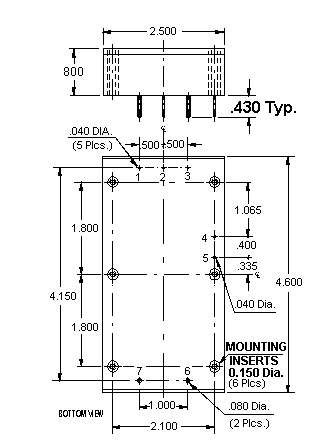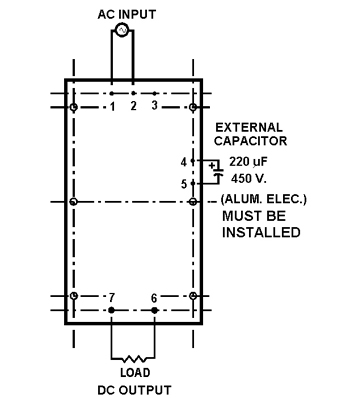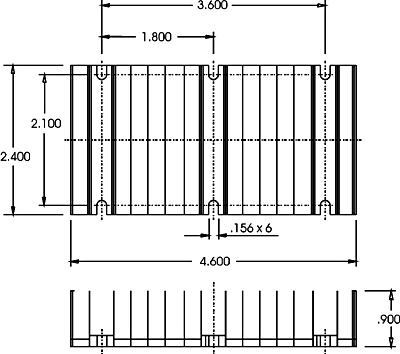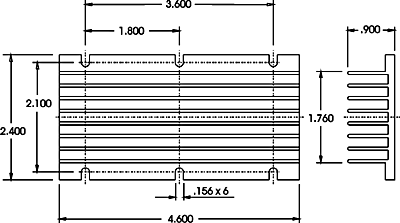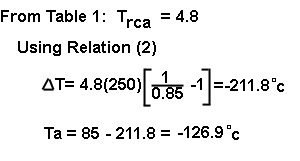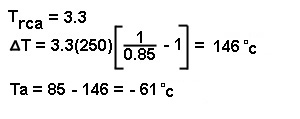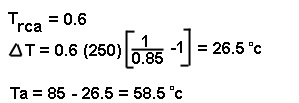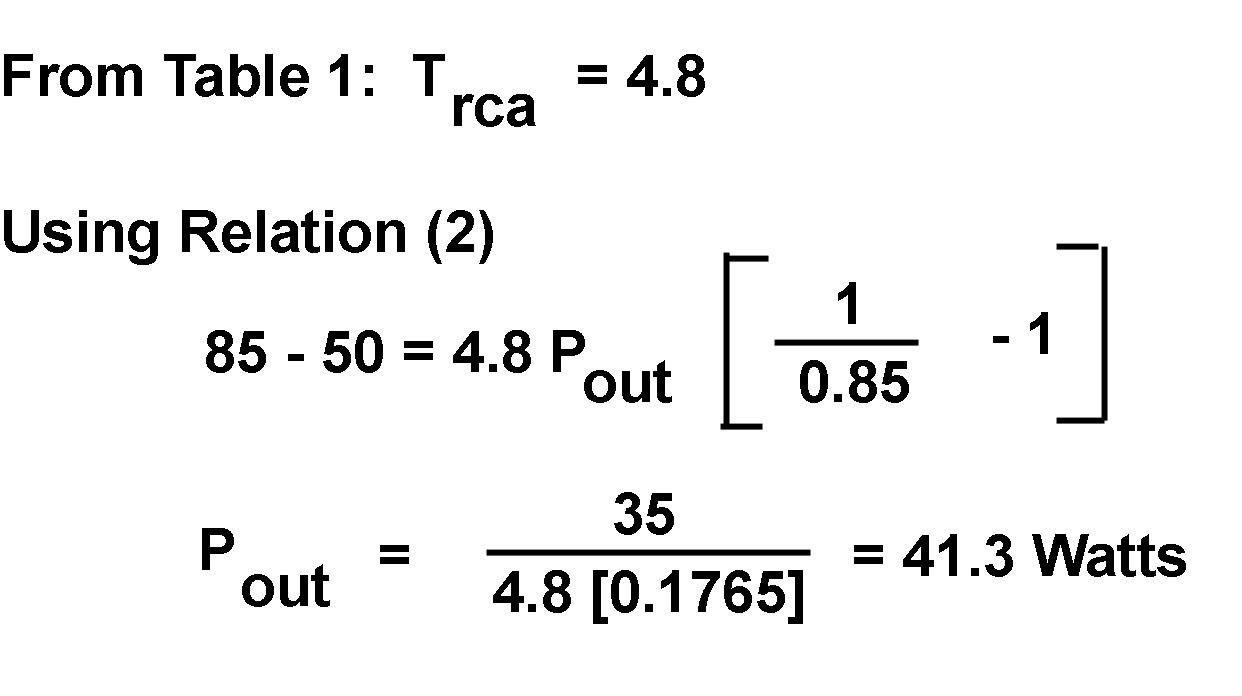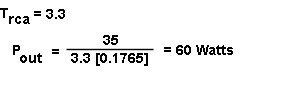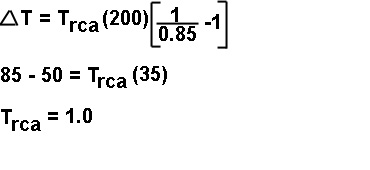High Voltage UACHV Series
Power Factor Corrected
250 Watts, Up to 300 VDC Output
Hi Reliability, Isolated, Regulated
AC-DC Converter
|
250 Watts, Up to 300 VDC Output Typical Features/Electrical Characteristics AC Line Input Voltage: 85 to 265 VAC, 47-440 Hz (Derate output power below 95VAC to 200 W maximum). From Input to DC Output: 4242 VDC
Capacitor Requirement: * MUST BE INSTALLED* External at Auxiliary 380 VDC Pins: 220uf, 450 Volt Electrolytic |
For 3 Phase AC Input Models Consult Factory:
Also Available:
Environmental Screening |
HIGH VOLTAGE
|
|||||||||
|---|---|---|---|---|---|---|---|---|---|
| Pico Part No. |
Output Voltage VDC |
Max. ** |
Max. ** |
EFF @ * |
Output |
Out Volt * |
V Load * |
Line * |
Price (US $) |
|
UACHV100S
|
100
|
2.50
|
250
|
85
|
250
|
1.0
|
1.0
|
0.2
|
561.75
|
|
UACHV125S
|
125
|
2.00
|
250
|
85
|
250
|
1.0
|
1.0
|
0.2
|
561.75
|
|
UACHV150S
|
150
|
1.67
|
250
|
85
|
350
|
1.0
|
1.0
|
0.2
|
561.75
|
|
UACHV175S
|
175
|
1.43
|
250
|
85
|
350
|
1.0
|
1.0
|
0.2
|
561.75
|
|
UACHV200S
|
200
|
1.25
|
250
|
85
|
400
|
1.0
|
1.0
|
0.2
|
593.85
|
|
UACHV225S
|
225
|
1.11
|
250
|
85
|
400
|
1.0
|
1.0
|
0.2
|
593.85
|
|
UACHV250S
|
250
|
1.00
|
250
|
85
|
500
|
1.0
|
1.0
|
0.2
|
593.85
|
|
UACHV275S
|
275
|
0.91
|
250
|
85
|
500
|
1.0
|
1.0
|
0.2
|
593.85
|
|
UACHV300S
|
300
|
0.83
|
250
|
85
|
500
|
1.0
|
1.0
|
0.2
|
658.05
|
|
External Capacitor Required: 220µF, 450 V Aluminum Electrolytic Capacitor between pins 4 and 5 |
|||||||||
SERIES UACHV
|
|
C1 = 220 uf, 450V |
CH HEATSINK
|
CV HEATSINK
NOTE: Additional Heatsink options, consult factory |
THERMAL INTERFACE
PART TI
Alloy Aluminum Substrate
Thermal Conductivity, (BTU-in/hr ft² °F) ----1530
Coefficient of Thermal Expansion (25-100°C, 10-6 in./in. °F ---13.1
Hardness, Brinnell B ----23
Endurance Limit, psi. ----5000
Standard Thickness (inches) ---.002
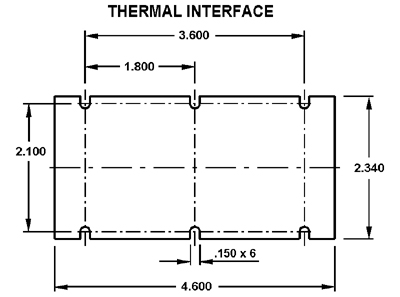
Thermal Considerations
Thermal Resistance °C/Watts
| High Voltage UACHV Series | |||
|---|---|---|---|
|
|
|
CV |
|
| Free Air |
|
|
|
| 200 LFM |
|
|
|
| 400 LFM |
|
|
|
| 600 LFM |
|
|
|
| 800 LFM |
|
|
|
| 1000 LFM |
|
|
|
|
EXAMPLE 1 A UACHV150S module has an efficiency of 85%. What is the maximum ambient temperature if 250 Watts of power is needed? A) In free air:
B) In free air with heatsink (CV)
C) With 400 LFM of air flow and heatsink CH.
EXAMPLE 2 What would be the maximum output power for a UACHV150S module at an ambient temperature of 50°C with an efficiency of 85%? A) If the module is used in free air.
B) If the module is used in an area with forced air at 200 LFM with no heatsink.
C) If module with heatsink (CV) is used in free air.
EXAMPLE 3 At a maximum ambient temperature of 50°c and an efficiency of 85%, how could a UAC150S module be used if 200 Watts of output is required? Using Relation (2), we first find the thermal resistance from case to air.
A) If no heatsink is used. From Table 1, approximately 900 LFM of airflow is required. B) If a (CV) heatsink is used. 400 LFM of airflow is required. C) If a (CH) heatsink is used. 200 LFM of airflow is required.
|
For immediate engineering assistance or to place an order:
Call Toll Free: 800-431-1064
PICO Electronics, Inc.
143 Sparks Ave. Pelham, NY 10803-1810
Tel: 914-738-1400
Fax: 914-738-8225


